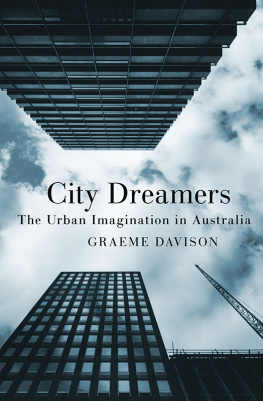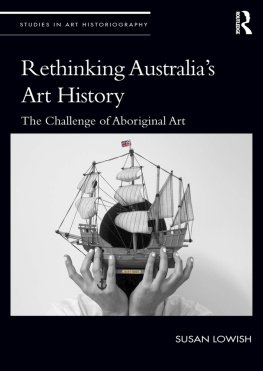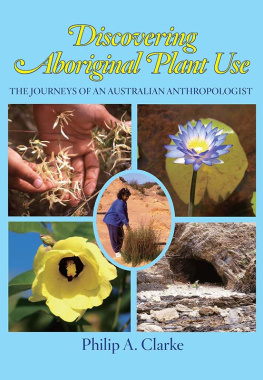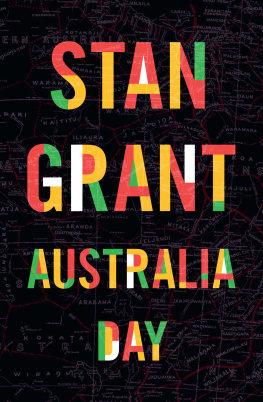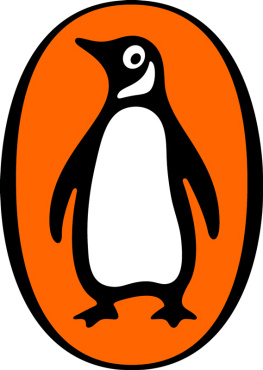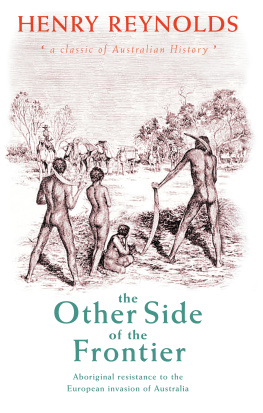Writing Home
Writing Home
Walking, Literature and Belonging in Australias Red Centre
Glenn Morrison
MELBOURNE UNIVERSITY PUBLISHING
An imprint of Melbourne University Publishing
Limited Level 1, 715 Swanston St, Carlton, Victoria 3053, Australia
www.mup.com.au
First published 2017
Text Glenn Morrison 2017
Design and typography Melbourne University Publishing Limited, 2017
This book is copyright. Apart from any use permitted under the Copyright Act 1968 and subsequent amendments, no part may be reproduced, stored in a retrieval system or transmitted by any means or process whatsoever without the prior written permission of the publishers.
Every attempt has been made to locate the copyright holders for material quoted in this book. Any person or organisation that may have been overlooked or misattributed may contact the publisher.
Text design by Phil Campbell
Cover design by Phil Campbell
Typeset by J&M Typesetting
Printed in Australia by OPUS Group
National Library of Australia Cataloguing-in-Publication entry
Creator: Morrison, Glenn Andrew, author.
Title: Writing Home: walking, literature and belonging in Australias Red Centre.
ISBN: 9780522871296 (hardback)
ISBN: 9780522871005 (paperback)
ISBN: 9780522871012 (ebook)
Notes: Includes bibliographical references and index.
Subjects: Literature and societyCentral Australia.
Belonging (Social psychology)Central Australia.
Aboriginal AustraliansCentral AustraliaSocial life and customs.
Central AustraliaDiscovery and Exploration.
In memory of Booper (19362014) and our walks by the riverContents
Acknowledgements
This book was begun as literary research toward a PhD at Macquarie University. While some might think such a project means hiding from your fellow human beings in a dusty corner of a university library, nothing could be farther from the truth. On the contrary, many lively conversations about the work were conducted on walks of the hills surrounding Alice Springs, in cafes, at libraries, while camping in Central Australia, on the phone, Skype or around dinner tables. And while I certainly did a great deal of solitary reading, many spirited fellow travellers guided and encouraged me along the way.
For bringing the book to fruition, therefore, thanks are due to many. Without the good humour and critical eye of my PhD supervisor Dr Ian Collinson of Macquarie University all would surely have been lost: many thanks, my friend. Thanks also to my original supervisor Dr Willa McDonald, a discerning reader of the draft thesis, as was friend and colleague Dr Tony Davis. In Alice Springs, I enjoyed many conversations with Doris Kngwarraye Stuart, Patricia Perrule Ansell (Dodds), Dr Leni Shilton, Dave Richards and Jane Munday. From time to time I sought sage advice from anthropologists, historians, geographers and others who gave generously of their knowledge and time, including Dick Kimber, Adam McFie, Dr Melinda Hinkson, Dr Mickey Dewar, Professor David Carment, Megg Kelham, and Professor Rolf Gerritsen; thanks also to Professors Bill Boyd and Alan Mayne for their initial words of encouragement. I acknowledge the generous assistance of the Australian Postgraduate Award for a Commonwealth scholarship, Macquarie University, the Australasian Association of Writing Programs, Macquarie Pen Lit, Arts NT, Varuna: The Writers House, Cambridge Scholars Publishing, TQ Magazine, Al Jazeera and the Sunday Territorian. Furthermore, the commentary and evaluation by thesis examiners Dr Robert Mcfarlane, Dr Rune Graulund and Professor Nigel Krauth were both generous and meticulous, and their conversations after the fact contributed greatly to finalising the research. At Melbourne University Publishing, my thanks to executive publisher Sally Heath, editor of MUP Academic Catherine McInnis and ever-patient and sensitive editor Vesna Rapajic. Also, Caroline Colton for a proper index. And last but not least, without my family whom I love dearly, the work would not have stood a chance.
Parts of this book have appeared elsewhere. Parts of appear as A Flneur in the Outback: Walking and Writing Frontier in Central Australia, published in the journal New Scholar (2014). Several chapters draw on In the Footsteps of the Ancestors: Oral Fixations and Ethical Walking on the Last Great Songline published by Cambridge Scholars Publishing (2014). I also draw from In Search of Alice Springs for online journal Neo (2011). Reference is made to material previously published as magazine articles and essays in Territory Quarterly, book reviews in the Sunday Territorian, various news reports, and two personal essays published by the Northern Territory Library. For permission to reproduce their quotes as epigraphs I am grateful to Shaun Angeles, Robert Macfarlane and Barry McDonald. Finally, I have endeavoured patiently to render this book free from errors; nevertheless, where they appear, any responsibility for them lies entirely with me.
Glenn Morrison
Alice Springs, NT
August 2016
Introduction
We walked with our songs, always teaching our young and always in a state of worship and respect of spirits imbued in the landscape. To walk softly with intent, was always our obligation to the law and land.
Arrernte man Shaun Angeles
This book examines the writing of Australian places by those who have walked them. In particular it deals with the challenge of writing about ones home place, in this instance Central Australia, a place I have been writing of as a journalist for almost twenty years. Writing Home follows six recounted journeys on foot across the Centre by various authors whose work spans from precolonial times to the second decade of the twenty-first century. It celebrates Australias would-be iconic walkersboth black and whiteas for the first time, prominent journeys by settler journalists, travel writers and anthropologists are examined together with an Aboriginal Dreamtime journey along a songline.
Walking provides a ready means of exercise, travel and a chance to clear the head, the walker enabled to explore virtually any landscape at close quarters. But walking is also so much more, and may be considered a deeply cultural, even political act. Importantly in ), a comparison made possible by virtue of their shared foundations of walking and writing as a means of place making. The result is something of a biography of the songlines, and a journalism and literary criticism of their cultural and political fracture under European settlement. Drawing on anthropology, cultural theory, journalism, politics and philosophy, the work traces perceptions of Australian place and space in a Red Centre peripatetic.
At the heart of the book is a single question of some importance to Australians. To an extent, it is my answer to a hefty challenge for Australian writers and journalists set down by literary editor Julianne Schultz, who suggests finding ways for the various histories of our country to percolate together and inform each other. The purpose of such an endeavour, she writes, would be to foster a rich, informed hybrid culture that is not subsumed by myth.belonging. In fact, the books six chapters of literary criticism aim to help better understand the idea of home, that place where you belong, wherein the best of all possible worldsyou feel safe and secure.



